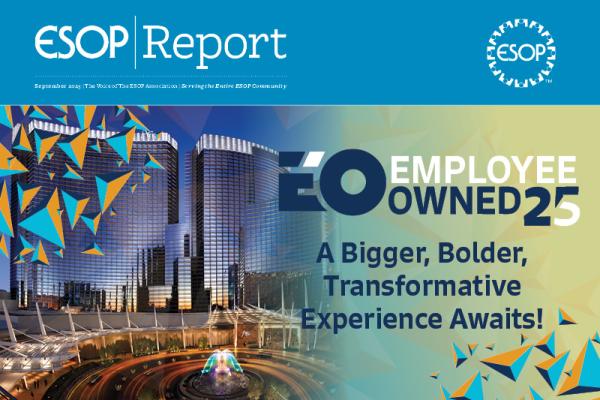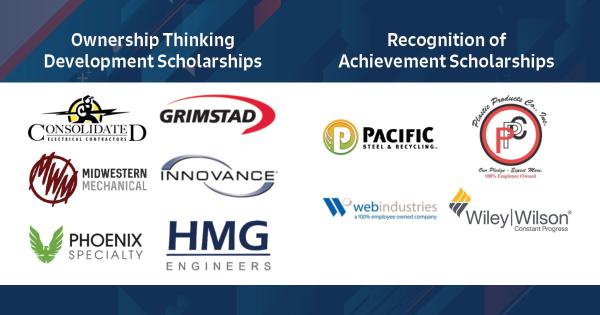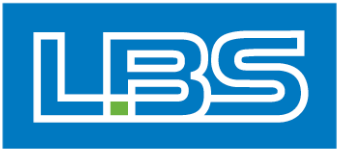Is your ESOP providing the promised employee motivation, enhanced customer satisfaction and improved profitability? If no, you’re not alone. While studies have demonstrated ESOPs can be powerful tools to strengthen company performance and employee morale and retention, these results are only achieved if stock ownership is combined with a strong employee-owned culture.
It’s never too late to start or improve the tools you use to get the most out of shared ownership.
Frequently communicate your ESOP to employees
Have you ever heard the old marketing adage that a person needs to see or hear something seven times before they will act? For ESOP companies, that means repeating information about your ESOP many times in different ways. Start with what your company already does to communicate with employees. For example, if employees have weekly meetings with a supervisor or quarterly all-team gatherings, can you add 5-10 minutes of ESOP or business training into those meetings? Communicate in different ways to capture the attention of as many employees as possible and appeal to all learning styles. Use a mix of written, visual and audio materials and include interactive activities during in-person and virtual events.
Putting effort into frequent ESOP communication will pay dividends when your employees feel the cultural difference of being a part of an ESOP.
Be clear about employee owner roles and responsibilities
There are many ways to make employees feel like owners, but the first step is to set them up with realistic expectations. Training employees on their rights and responsibilities enables them to understand what employee ownership is at your company and what it is not. If roles and responsibilities are not addressed at your ESOP, it can lead to misunderstandings and dissatisfaction among employees who thought they would have more input and control of the company like they do with owning a house or car. When employees understand what they have influence over and what they do not, it leads to better results and a happier workforce.
Opportunities like an ESOP committee or employee work teams can provide additional avenues to strengthen your ownership culture, but the key is to be realistic with expectations. If you create a committee or work team, be specific about the goal of the group and if the committee has ultimate decision-making capabilities or is simply advisory. Both forms of participation are valid and beneficial, but leadership must be clear on which type it is. To keep up morale, make sure participation boundaries are set and communicated to all.
Improve communication about performance
The surest way to get employees to start thinking and acting like owners is to communicate, “How are we doing?”
For some companies the story is told using financial results – some would call this open book management. If that’s not for you, there are other techniques you can adopt for greater business transparency. Regularly sharing some performance results will help employees understand how their daily work contributes to the bottom line. Annual statements and stock-value activities are another opportunity to tell the business story. Make these numbers mean something by offering business training to ensure everyone is speaking the same language. Interactive learning games can explain and solidify these concepts for employees. An employer who shows you how you matter, brings you into the story and shares successes with you is a company that can attract and keep talented individuals looking for more purpose. People stay in jobs where they feel like they belong.
Make sure you have the right people in the right seats
To borrow a metaphor from the book Good to Great, an ESOP company needs the right people in the right seats on the bus to be successful. That starts with the management team. Does your leadership team believe that employee owners can have an impact on improving performance in job-level actions, or do they see employee input as a burden? Do they accept the challenges and headaches of running a participatory business or do they function like feudal lords dominating their fiefdoms? Do all members of the management team share these core values? Think over these questions and consider if your current management team is an asset or an obstacle to the ownership culture you want to foster.
When you become employee owned, the ESOP gives you an opportunity to manage the firm in a different way. Not just talking about employees as assets, but believing they are and treating them as skilled, professional adults. Leaders who invest in employees, raise them up, recognize their good work, and welcome feedback create the kind of place where people want to remain.
Building a company of informed, involved employee owners takes time, effort, and action. Commit to making ownership more meaningful at your company so there is no chance it could be perceived as an empty promise.








